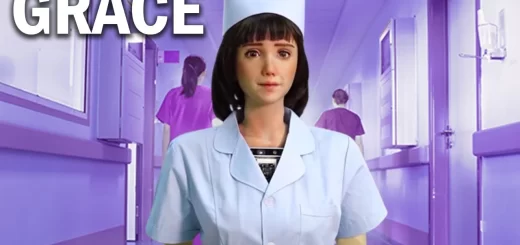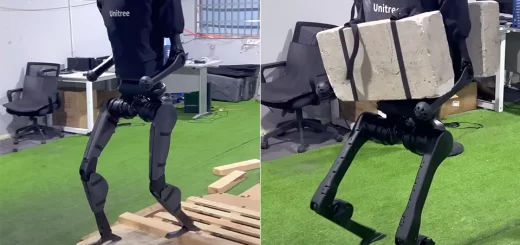Retail robot importance, drawbacks, what are robots in retail? and will robots take over retail?
Retail robots are machines used in stores to automate tasks and enhance various aspects of the shopping experience. They come in different shapes and sizes, and their functionalities can vary depending on the specific needs of the store. Imagine tireless assistants who can zip around shelves, answer your questions about products, and keep track of inventory.
What are Retail robots?
Retail robots are transforming the retail landscape by offering greater efficiency, accuracy, and valuable data insights. However, their impact on jobs and the potential for a less personal shopping experience need to be considered as this technology continues to evolve.
Retail robots are transforming the retail landscape. they are likely to work best alongside human employees, who can focus on customer service and areas where a human touch is irreplaceable.
Retail robots are machines programmed to perform specific tasks in retail stores. They are designed to improve efficiency, accuracy, and data collection. They can tackle a variety of jobs, including:
- Keeping shelves stocked, maintaining inventory levels, and assisting in warehouses.
- Answering basic questions about products, guiding customers to specific items, and potentially making deliveries within the store.
- Patrolling aisles for safety hazards and collecting data on customer traffic and product interaction.
- They can also patrol stores for safety hazards and even perform cleaning tasks.
- They handle repetitive tasks that would otherwise be done by human employees.
- They gather valuable customer behavior and product trend information.
The benefits of retail robots include:
- Increased efficiency in tasks like restocking and inventory management. Robots can automate repetitive tasks, freeing up human employees for more customer-centric roles.
- Improved accuracy in tasks like order fulfillment and data collection.
- Potential for longer store hours or 24/7 operations for online retailers.
- Valuable data insights to optimize store layout, promotions, and product placement.
However, there are also challenges to consider:
- Potential job losses in the retail sector due to automation.
- High initial investment costs for developing and implementing robots.
- Inability to replace the human touch in terms of customer connection and complex interactions.
- Susceptibility to breakdowns that require technical expertise for repairs.
- Limitations in handling delicate items or complex tasks requiring problem-solving.
- While robots can answer basic questions, they lack the human touch for personalized recommendations.
What can Retail robots do?
Retail robots are becoming increasingly versatile, taking on a variety of tasks in stores. Retail robots are taking on a variety of tasks, from maintaining inventory to providing basic customer service.
- Stock Management Stars: Robots can whiz through aisles, scan shelves, identify low stock, and retrieve items from storage areas to restock efficiently. Say goodbye to empty shelves!
- Inventory In-Control: Robots can track inventory levels in real time, ensuring accurate stock counts and preventing stockouts. This can also help with ordering and managing supplies.
- Cleaning Crew Champs: Robots can take care of floor cleaning, and maintain a tidy store environment. This frees up human employees for other tasks.
- Price Tag Patrol: Tiny robots can zip around checking and updating price tags, ensuring accuracy and eliminating confusion for customers.
- Data Detectives: Robots can collect valuable customer behavior data. By tracking movement patterns and product interactions, they can help optimize store layout and product placement for better sales.
- Delivery Dynamos: In some warehouses and stores, robots can handle product retrieval and delivery tasks, expediting order fulfillment.
- Customer Assistants (in development): Some robots are being developed to interact with customers, answer basic questions, and provide product recommendations. While still under development, this could transform customer service in the future.
You can subscribe to Science Online on YouTube from this link: Science Online
You can download Science Online application on Google Play from this link: Science Online Apps on Google Play
Retail robot advantages, disadvantages and What are the robots in stores for?
Serial Robots review, advantages, disadvantages and what can serial robots do?
Collaborative robot arm (cobot robots) applications, uses, advantages and disadvantages
Automation in manufacturing uses, advantages and disadvantages
Industrial robot (Auto industry) uses, advantages and disadvantages




